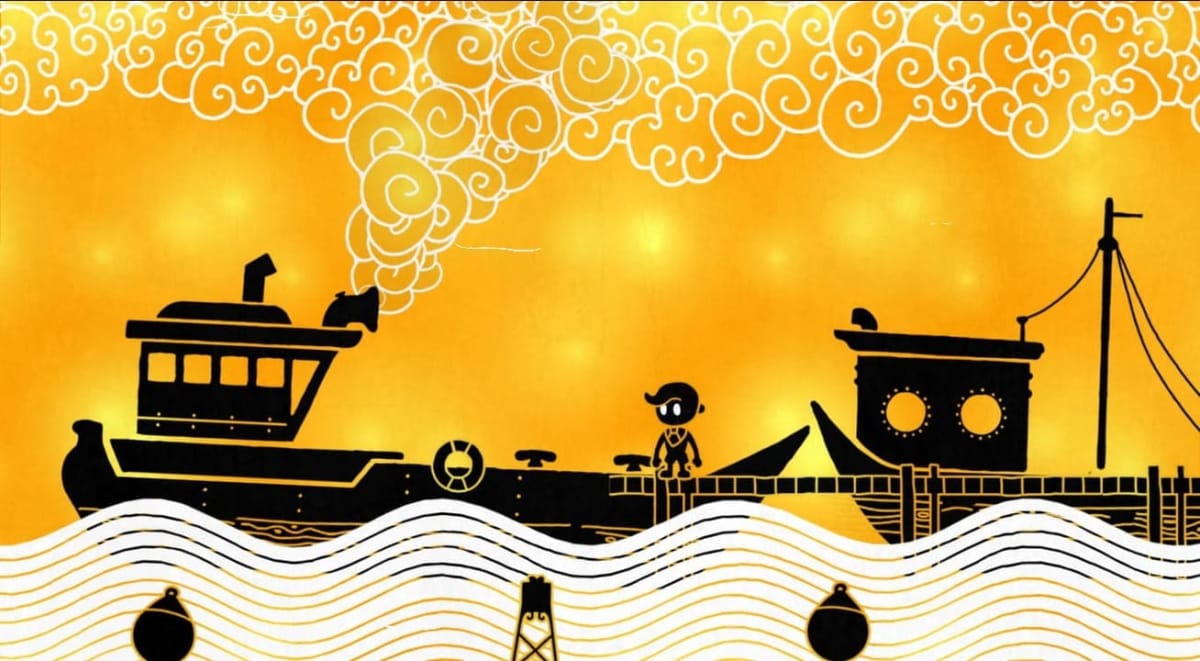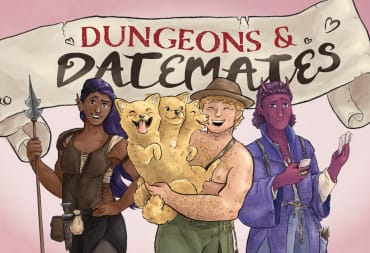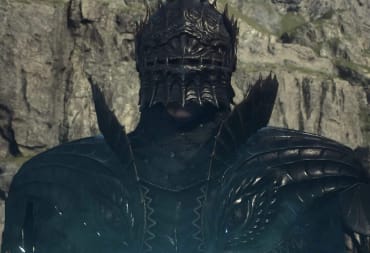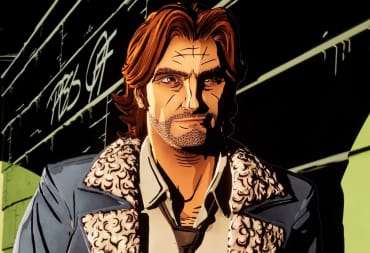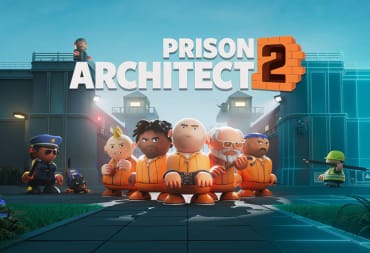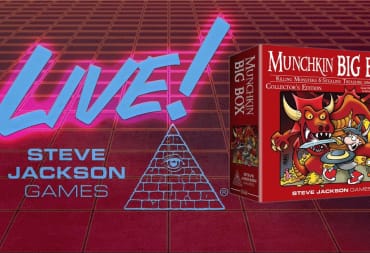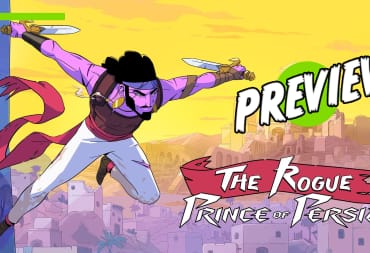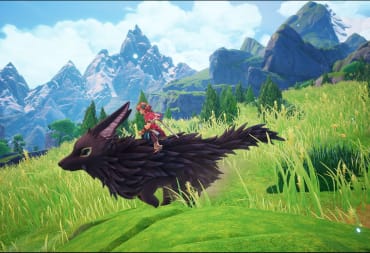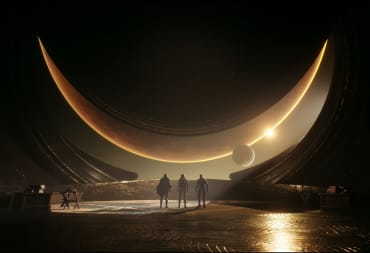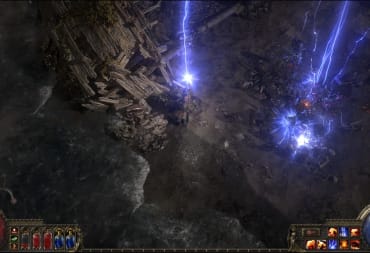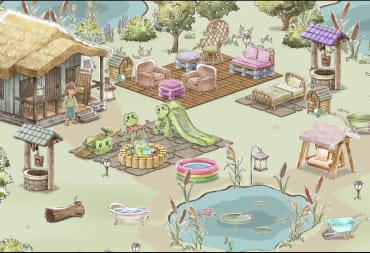Several years ago the video game industry saw a trend of dark and griddy games flooding the market. The nearly black and white Gears of War was one of the most notable games to set the trend along with the Batman: Arkham series, Dark Souls, and countless others. The studio Fiddlesticks looks to contrast that inclination with their upcoming release of Hue, which I recently got my hands on at Pax East. It is shaping up to be a beautiful blend of Limbo and Runbow.
At the start of the demo the protagonist, a young boy named Hue, wakes up in a drab and colorless world. It’s immediately reminiscent of Limbo by only using black and a few shades of grey. It doesn’t take long to unlock the first color, blue. Instead of using abilities throughout the game, the player unlocks colors that can be used to change the way the world interacts with its environment. Selecting a color makes the background of the world that color. When the new color takes over, objects of the same color disappear into the background. This allows the player to pass through said obstacles. This becomes a beautiful way of mixing the environment with gameplay. The initial dreary world becomes a bright landscape with neon blues, oranges, and purples.
Throughout the demo I unlocked a total of three different colors that influenced gameplay. In the about thirty minutes of gameplay the challenges the developers faced me with were varied and interesting. One part had me jumping from platform to platform but forced me to change colors to make the platforms appear. While selecting colors, time slows down allowing the player to consider what color to change it to and makes platforming busy. Hue controls somewhat like Limbo due to the lack of attacks and plentiful environmental puzzles. However, jumping is floaty yet responsive, while Limbo has more weight to its platforming. A few of the jumping puzzles sections were challenging, but the game doesn’t punish the player much for taking a misstep.
Changing colors is used often for more traditional puzzle solving as well. Crates are moveable, but the player is forced to rearrange them by switching between colors. These puzzles slow down the fluid platforming quite a bit but still offer a more deliberate challenge. The constantly shifting colors and space forces the player to think outside the box. The color mechanic also opens up the world in a metroidvania style. Rocks and crates block entrances that can be maneuvered around.
The demo briefly displayed a few bits of the story. Hue wakes up looking for his mother, Anne, who mysteriously disappeared. Anne also acts as the narrator of the plot. There were a couple of hallways that had her begin to explain the discovery of color in the world. There are hints of an interesting plot, but it’s disconnected from Hue’s gameplay. The story segments were only presented in long hallways with no challenge to them. Hue’s clever mix of art and gameplay make a jarring disconnect with the story segments. The demo took place early in the game, so there is plenty of room for the game to make the story more immersive and fitting with the gameplay.
Fiddlesticks are creating a beautiful game that combines mechanics with a beautiful yet haunting world. The platforming is fast and responsive with some serious challenge to the puzzles. The story has yet to prove itself, but that may change when Hue comes out this summer on Steam, Xbox One, and PS4.
Previews you can trust: To ensure you're getting a fair, accurate, and informed review, our experienced team spends a significant amount of time on everything we preview. Read more about how we review games and products.
Have a tip, or want to point out something we missed? Leave a Comment or e-mail us at tips@techraptor.net
